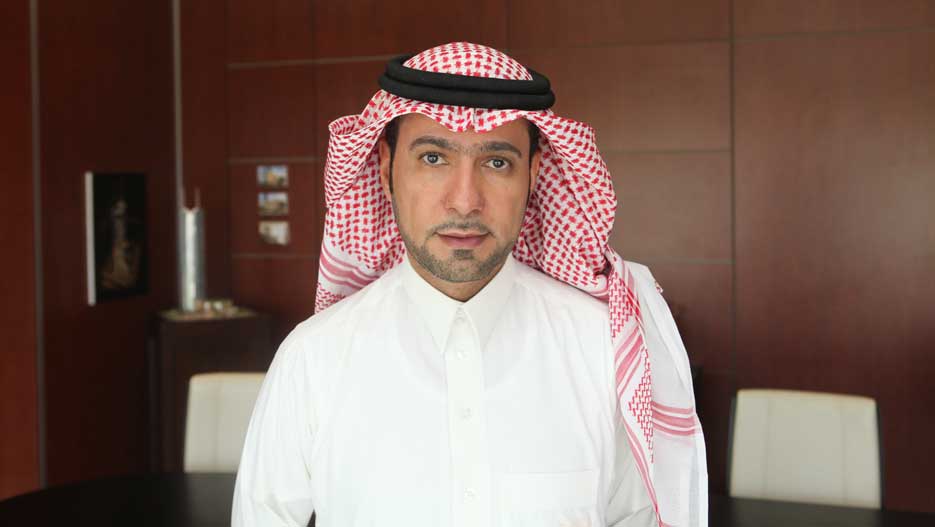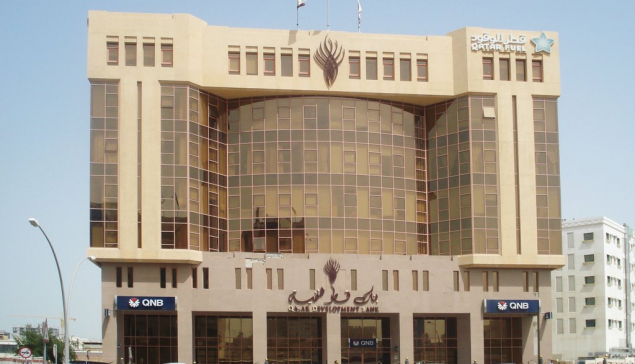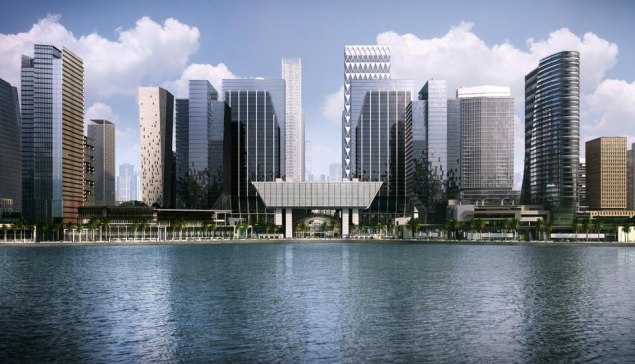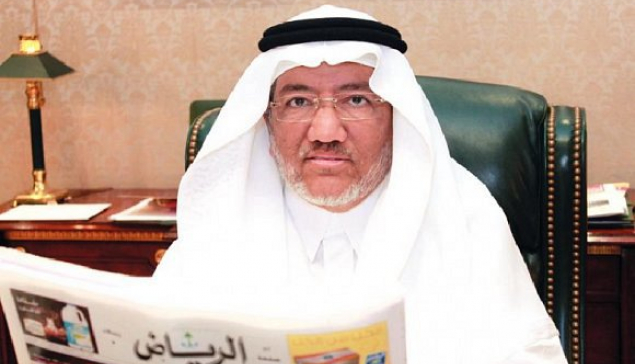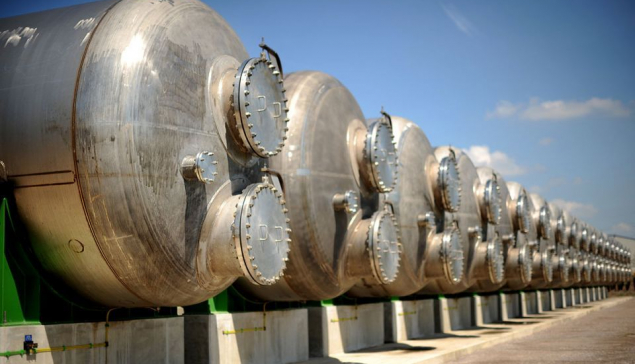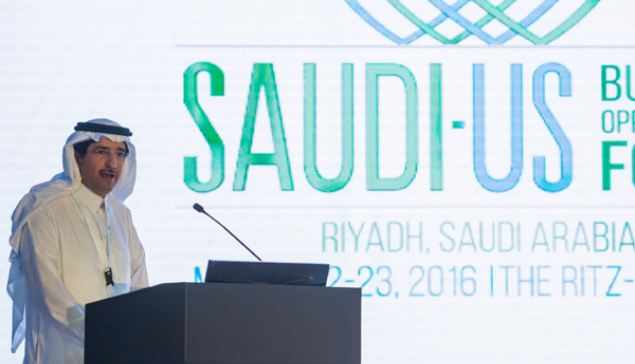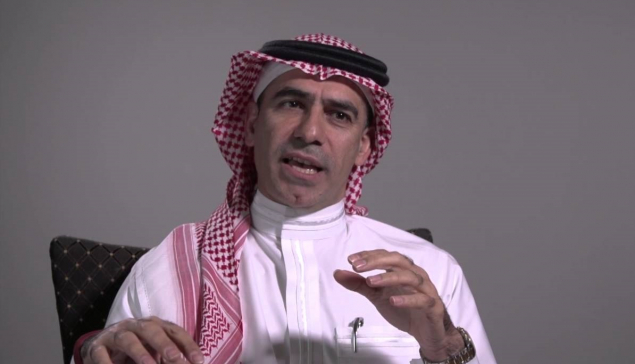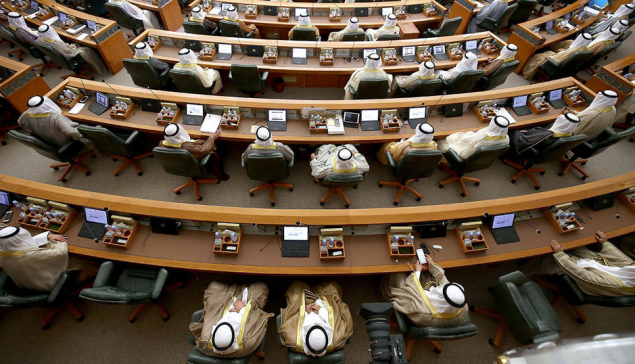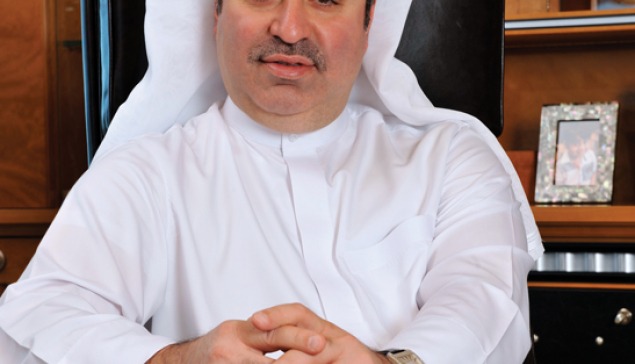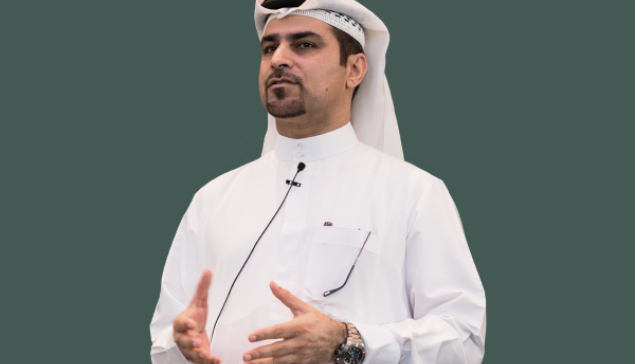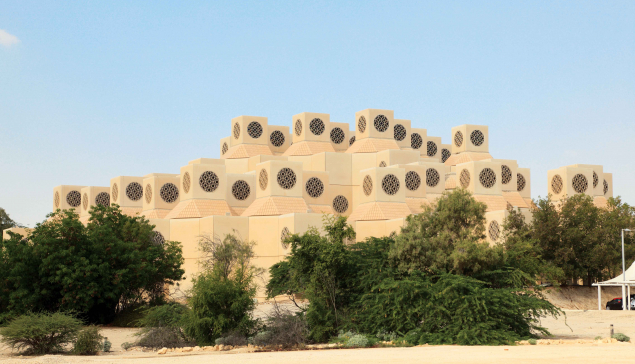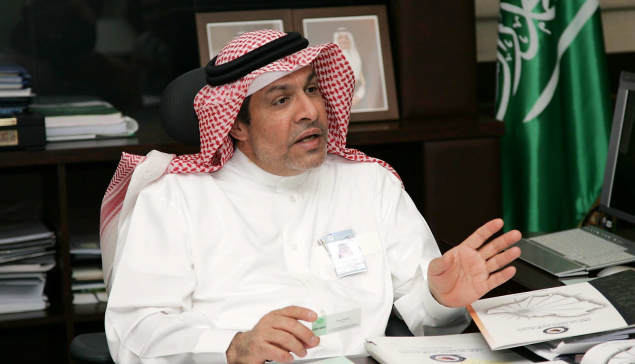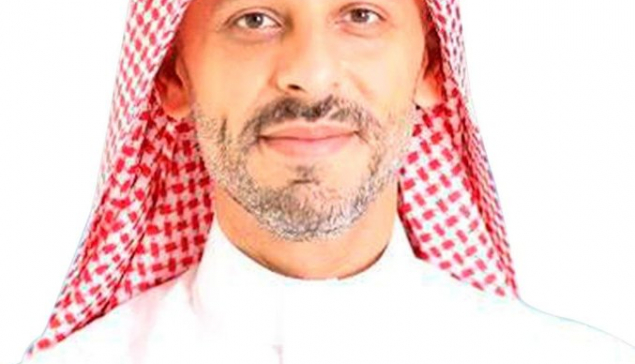What are some of the major current opportunities and challenges in the Saudi housing market?
The Saudi housing market is undergoing an unprecedented transformation to meet the growing demand for affordable housing. Today, the ministry of housing portal has 1.1 million families registered for government support in purchasing a home, and 500 thousand registered on the Real Estate Development Fund “REDF" portal, with more than 70% of beneficiaries earn between USD1,500 and USD4,000 a month. Recognizing the socio-economic drawbacks of this, the Government has committed to increase this percentage of homeownership from its current of 48% to 52% by 2020, equivalent to 800,000 new housing units to the market. This transformation is met with many considerable challenges, including the low productivity of construction sector, increases in building material costs, and the fact that the majority of homes supplied were single homebuilders. Only 200,000 homes out of 6 million homes were financed by the financial sector. These one-off challenges are additions to fundamental inefficiencies that have existed in the market historically, including low levels of private sector contribution to supply and a high reliance on government funding. The case for transformation is further amplified by the demographics of the country with more than 60% below the age of 35 years (more than 5 million people). This demographic challenge only makes the current market status more challenging. That said, the recent fiscal decisions have created hidden opportunities for the housing market. For instance, increased cost of living from the subsidy reforms will mean purchasing decisions for houses will be more prudent in size. Saudi Arabia has a culture that favors living in villas, due to family size and general habits. This created a challenge for the ministry as it was expected to supply only villa-sized housing at affordable or even no cost. However, now that financial decisions for families have changed, a larger variety of housing units can be supplied and be socially acceptable. Further, the increase in labor importation cost will all lead to different decision-making by developers and beneficiaries in the housing market. Developers will no longer find traditional labor-intensive building technique feasible and more competitive with the cleaner, higher quality building manufacturing models such as pre-cast forms and 3D printing.
What role do these reforms play in the wider Vision 2030?
The housing transformation is part of a larger national transformation within the Kingdom, toward a unified vision and 2030 targets. This national direction has resulted in large synchronized government efforts to try to solve national challenges, of which housing takes a lead. This multi-sector effort at tackling challenges and leveraging opportunities is considered a key condition to preparing the housing market to meet the backlog and upcoming demand. The first critical step undertaken was the restructuring of the Ministry of Housing. The ministry has only been around for eight years, however it has historically been the government's development arm. Today, the ministry has transformed to be the enabler and catalyst of housing, under the two main pillars of demand and supply. This shift in role was necessary to enable the private sector to take a larger role in supply of housing and finance. This is believed to be a more sustainable model of operation. Previously, the private sector shied away from operating in the middle and lower class housing market for many reasons; financial institutions are risk averse and they would rather finance the middle/upper class customer. The mortgage law was only recently implemented, with no off plan sales, while obtaining a license turned out to be a complicated process. The ministry today preservers in working along-side the private sector in order to facilitate a business friendly environment and create investment opportunities in order to shift gears in the sector. The new strategic direction will inevitably result in higher supply of better quality housing at more affordable rates.
How is the ministry pushing to engage citizens and the private sector in these emerging opportunities?
To enact a true partnership with the private sector, the ministry took a holistic view of the housing ecosystem and its drivers when activating transformational solutions. The PPP model is unproven in Saudi, with only a few success stories to tell. It was therefore imperative that the private sector was engaged and enabled across all components of the housing ecosystem.
What have been some of the key milestones reached in the ministry's eight years in operation?
Firstly, the ministry created a sustainable lending subsidized program through partnering with the financial institutions. This was done by relocating the lending activity from the Real Estate Development Fund “REDF" to the more efficient financial institutions. Furthermore, it subsidized the interest rates charged by the banks on its beneficiaries, and the REDF to use its USD50 billion assets to invest back into the real estate development sector, which is a major cash injection into the supply side of the sector. In addition, the ministry has worked closely with the Public Investment Fund “PIF" to establish the first mortgage refinance company in the country and increase the synergies between the company and the REDF to increase liquidity in the market and help create more than USD 20 billion liquidity in the financial system just for 2017, and the refinance company is aiming to increase the private sector share of the mortgage market from its current USD29 billion to reach USD128 billion by 2020. Such progress had the effect of encouraging the financial institutions to participate in the mortgage industry, and encouraged the securitization of the refinance company portfolio will be guaranteed by the ministry of financing creating more international appetite from foreign institutions, such as more than five institutions have committed to underwrite the whole offering before it began. Secondly, the Saudi Arabia Monetary Agency joined the Ministry of Housing to bring major economic incentives to the sector by lowering the home down payment requirement from 30% to 15% and ministry of finance has approved a program to lower downpayments for first time home buyers to 10% while providing a guarantee on the first trench of loss in the case of a default. In addition, the ministry was able to work with Ministry of Justice to resolve issues with foreclosure enforceability, the rent market, and the passing or introducing of more than 18 regulatory changes in 2016-2017. In addition, it established the laws and regulations for home ownership association, redrafted the “Subsidized Homeownership Regulations" to reflect today's market and anticipated changes in the future. The ministry also established its own regulated closed joint stock company to create a vehicle to partner with developers and other stakeholders and move faster and leaner in creating JVs, SPVs, funds, and other investments. In addition, the ministry went to gather accurate data on the market, on beneficiaries, and on the overall economic activity from the sector, and today establishing the National Housing Data Centre, where the ministry will be able to share accurate data with developers on the demand and help developers produce housing units that have a relevant and secured buyer. Finally, the ministry needed to create various incentives and schemes for the private sector to support the development of affordable housing in the range of USD150,000 to USD220,000 price per unit. To achieve that, it had to work on constant workshops and meeting with all stakeholders, and today, the ministry has launched the first two waves of its RFPs on its own infrastructure developed land, and has provided financial incentives to promote participation from the private sector, such as an advanced payment of up to 20% of the project cost to developers free of charge, underwriting to secure lower lending cost from financial institutions, offtake agreements for specific percentages of the project, higher financial support for developers using energy efficient installations, and faster home construction technology.
What are your short-terms goals and expectations for the years ahead?
Whilst undergoing this change, the ministry has faced public agitation as the backlog of ready housing and low cost loan expectations remained as they were. In an effort to showcase the same commitment to housing supply, but under a new optimized model of working with the private sector, the ministry publicly and privately committed to an ambitious plan of assigning 280,00 housing product in 2017 to its beneficiaries. This 280,000 products comprise 120,000 housing units, 75,000 lands and 85,000 financing products. All the while, the ministry has been contracting with the private sector to supply and deliver these products to the beneficiaries within a reasonable timeline of less than three years. An investment of USD20 billion needs to be injected to the sector, and that is exactly what is happening today. The ministry has received bids from international developers, have met with contractors, suppliers, facility management companies, and have seen the market activity picking up by 15% with construction even starting. In addition, banking activities have picked up and consumer booking have increased two fold from the lowest point reached which was in December 2016. The sentiment is rising as investors make the first move. A USD20 billion is required every year in the sector, and with input/output multiplier of 2.8 in the housing market will translate to USD56 Billion in more than 120 economic activity that the housing sector affects today, and despite any leakage, and the requirement to manufacture homes rather than building, such investment will translate to more jobs to Saudis who are more comfortable working in a factory setting than traditional building, and the likelihood of the cost to create one job in the sector should drop from its current USD500,000 cost is very high, and with the existing cost of job creation, we should see the economy adding at least 100,000 jobs in the next three years from the investment made in 2017 only. And if all the government agencies continue to work in the synergy they are working under today, than that number should more than triple by NTP 2020 target.
How is this important to the private sector?
I will take an existing example of a developer who is benefiting from the first mover advantage, and show some of the details of the partnership worth the ministry and how is this translating into return on equity. The Ministry of Housing has more than 2.5 million sqm of land, and this is in a major city. Private sector developers have performed initial concept designs and reached a utilization of around 10,000 residential units from apartments, town homes, and villas, as well as commercial space and recreational facilities, schools, and medical centers. The developer has committed USD25 million of equity, with the ministry contributing the land at a cost USD150 million. The expected net income for the shareholders is USD160 million in the worst case scenario and USD500 million in the best case, with the developer making four times their money in three years time in the worst case scenario and 10 times more in the best case. This translates into an IRR of 58% and 157% respectively. The ministry screens beneficiaries, then it markets the project for them and chooses the unit, with loans being interest free since REDF is paying for the beneficiary interest rate cost. The escrow account for the project and off plan financing is under the ministry supervision. Point is, this is a deal that cannot be achieved any where else in the world at this scale, risk is minimized and returns maximized, with every stakeholder a winner, the beneficiary gets an affordable home with high quality, developer makes a very healthy returns, and the ministry achieves its objective, while the ministry does make a healthy return from this project, but it uses the returns to subsidize beneficiaries by reducing the unit price either in this project or another project. This is merely the start of a long journey. A journey toward an better state where every citizen has a feasible option to buy their dream home at their disposal and where the market is supplied and financed by the competitive private sector. The clarity of the end goal, combined with the working mechanisms currently being built provide a compass and a vehicle for the ministry to reach that end state.
- Super User
- Real estate and Construction
- Hits: 1516
